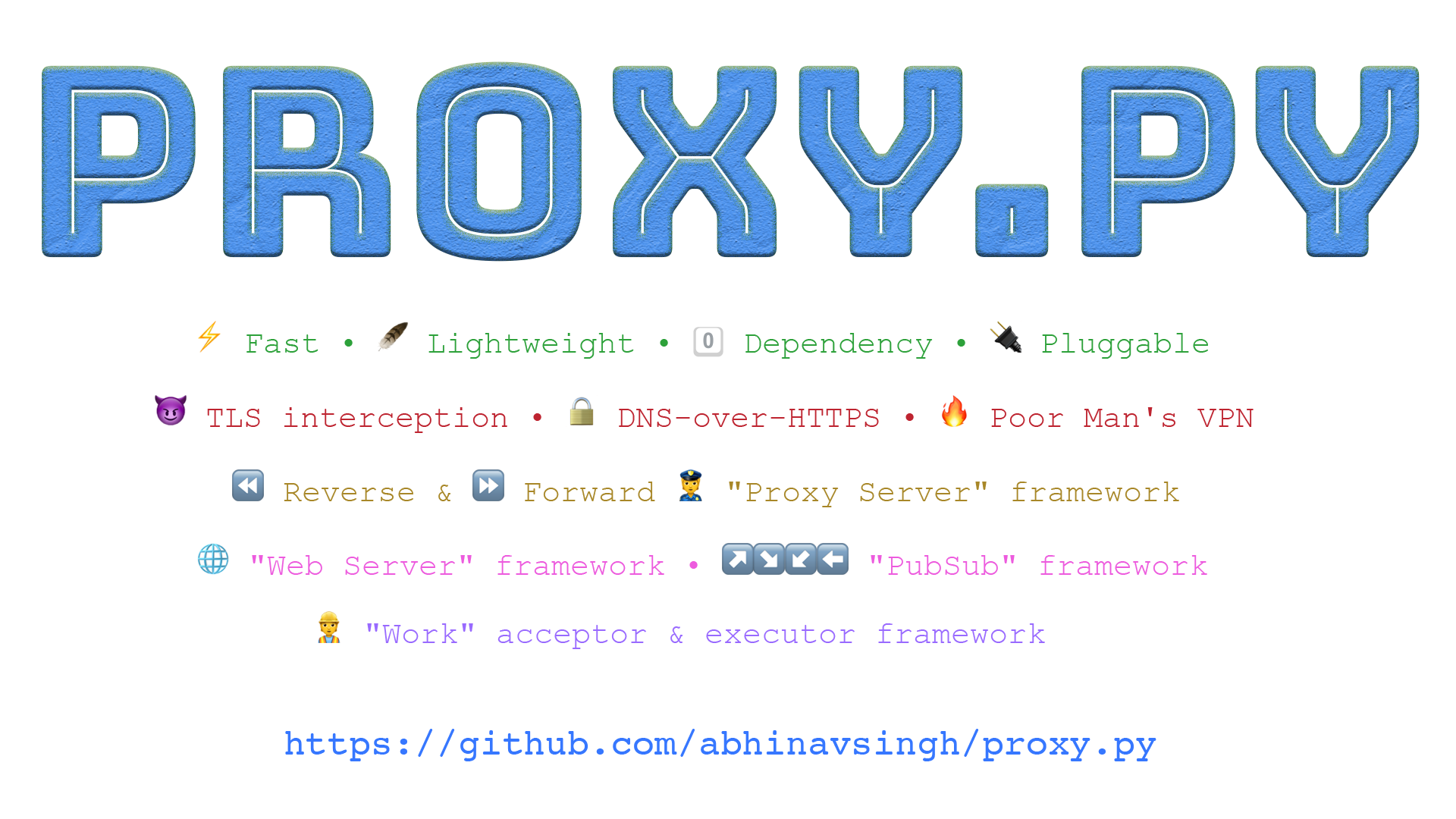Academic-DeepNeuralNetsFromScratch
A framework that constructs deep neural networks, autoencoders, logistic regressors, and linear networks without the use of any outside machine learning libraries - all from scratch.
This project was constructed for the Introduction to Machine Learning course, class 605.649 section 84 at Johns Hopkins University. FranceLab4 is a machine learning toolkit that implements several algorithms for classification and regression tasks. Specifically, the toolkit coordinates a linear network, a logistic regressor, an autoencoder, and a neural network that implements backpropagation; it also leverages data structures built in the preceding labs. FranceLab4 is a software module written in Python 3.7 that facilitates such algorithms.
##Notes for Graders All files of concern for this project (with the exception of main.py) may be found in the Linear_Network, Logistic_Regression, and Neural_Network folders. I kept most of my files from Projects 1, 2, and 3 because I ended up using cross validation, encoding, and other helper methods. However, these three folders contains the neural network algorithms of interest.
I have created blocks of code for you to test and run each algorithm if you choose to do so. In __main__.py scroll to the bottom and find the main function. Simply comment or uncomment blocks of code to test if desired.
Each neural network and autoencoder constructed are sub-classed / inherited from the NeuralNet class in neural_net.py. I simply initialize the class differently in order to construct an autoencoder, a feed-forward neural network, or a combination of both.
Data produced in my paper were run with KFCV. However within the main program, you may notice that the number of folds k has been reduced to 2 to make the analysis quicker and the console output easier to follow.
The construction of a linear network begins on line 84 in __main__.py.
The construction of a logistic regressor begins on line 102 in __main__.py.
The construction of an autoencoder only begins on line 128 in __main__.py.
The construction of a feed-forward neural network only begins on line 141 in __main__.py.
The construction of an autoencoder that is trained, the decoder removed, and the encoder attached to a new hidden layer with a prediction layer attached to form a new neural network begins on line 221 in __main__.py.
The code for the weight updates and backward and forward propagation may be found in the following files within the Neural_Network folder:
layer.pyoptimizer_function.pyneural_net.py
__main__.py is the driver behind importing the dataset, cleaning the data, coordinating KFCV, and initializing each of the neural network algorithms.
Running FranceLab4
- Ensure Python 3.7 is installed on your computer.
- Navigate to the Lab4 directory. For example,
cd User\Documents\PythonProjects\FranceLab4. Do NOTcdinto theLab4module. - Run the program as a module:
python3 -m Lab4. - Input and output files ar located in the
io_filessubdirectory.
FranceLab4 Usage
usage: python3 -m Lab4



